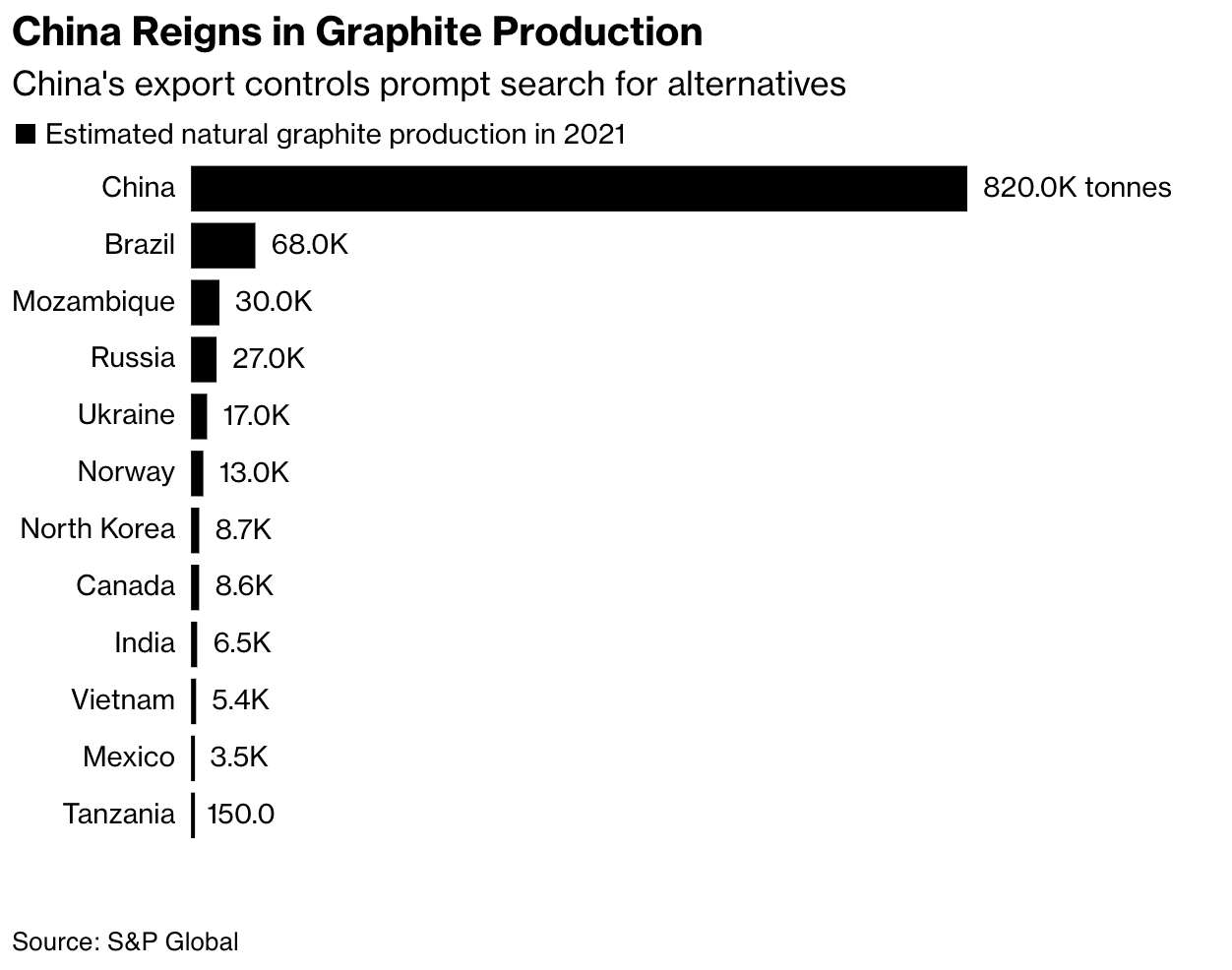Issue 155: Saving Ourselves from the Computers of the Future
Welcome to Backstory, a weekly newsletter turning global technology shifts into a three-minute read. This week, we’re thinking about quantum computers. – Mary Ames, Director of Strategy
THE BIG TAKE
Saving Ourselves from the Computers of the Future
The world-renowned physicist and thinker Michio Kaku recently pointed out that there is no disagreement that digital computers have changed virtually every aspect of our lives. However, “the arrival of quantum computers could be even more historic than that.” Indeed, the arrival of quantum computers will mark a new era in how humans handle data and the problems that we can solve with technology. We will be able achieve results only dreamt of, but there will be a price. For one, they will also break all of our encryption protocols.
New foundations. Given their power to handle enormous amounts of data, quantum computers will fundamentally undermine the encryption protocols that governments and corporations have depended on for decades. The basis of the internet and everything we do on it must change. Sensitive information from militant intelligence to personal banking details could be cracked open easily with these super machines.
Aware of the problem. The power of quantum computers to break existing security infrastructure is not a new issue. Researchers have been aware of its theoretical possibility since the 1990s. The question is, what steps are governments and institutions taking right now? The answer is too few, too late. According to reporting, the United States government has set an overall goal of migrating as much as possible to these new quantum-resistant algorithms by 2035. Yet, many officials acknowledge this goal as overly ambitious. We are on the brink of historic leaps forward in technology. Governments must act fast to establish guardrails for this new technology. Otherwise, we will have a grave problem on our hands.
QUOTE OF THE WEEK
“Our culture made a virtue of living only as extroverts. We discouraged the inner journey, the quest for a center.”
– Anaïs Nin, writer
CHART OF THE WEEK
This week, we are thinking about raw earth materials (again). Bloomberg reports that South Korea is looking to African countries to secure graphite since China tightened its export controls over the key material used in electric vehicle batteries
OUR VIEWS THIS WEEK
Smart Cities and AI: Remember when smart cities were everywhere? Plugged into the Internet of Things and flowing with data, smart cities were meant to be the cities of the future. So what happened? Writing for Technology Integrator magazine, Xische Director of Strategy Mary Ames tracks the evolution of smart cities and why the recent surge in AI capabilities is propelling smart cities back to the frontlines of urban innovation. Read it here.
Women in the 4IR: The Fourth Industrial Revolution. It’s here, and it’s transforming the future of work. The coming transformation of labor could improve the position of women in the workplace. If we start a conversation about the role of gender in 4IR today, we can lay the groundwork for a more equitable future tomorrow. In this piece published by Xische, Mary Ames explores the issues at play. She argues that we must realize the invaluable perspectives women can bring to designing and regulating the future to explore the full potential of 4IR.
SPOTTED ELSEWHERE
How to get work done at the office. Returning to the office doesn’t necessarily equate to a spike in productivity. For many, working from home was great for productivity for one major reason: we had time alone. Finding that space alone in the office can be challenging, but it’s not impossible. The Wall Street Journal has some meaningful tips for carving out space in the office to get work done. The tips begin and end with a reminder that carving out some alone time in the office takes perseverance and dedication, but the payoff is worth it.
Rebranding a city. San Francisco used to be one of the most enviable cities on the planet. With a great climate, beautiful scenery, and a thriving tech economy, the Californian city was the embodiment was the example of the American dream. Today, the city is empty and grappling with a serious homelessness crisis. City planners are embarking on a massive rebranding effort to turn things around. If successful, the rebranding campaign will be studied for years to come. The New York Times has the full story on San Francisco’s attempts to change course.













